Snow leopards, often referred to as the “Ghosts of the Mountain,” inhabit some of the most remote, coldest, and harshest environments on Earth. These big cats are known for their elusive nature, blending seamlessly into their rugged habitats. But what exactly earns them this spectral nickname? In this article, we delve into the reasons behind this mysterious moniker, exploring their habitat, behavior, and the challenges they face in the wild.
Remote and Rugged Habitats
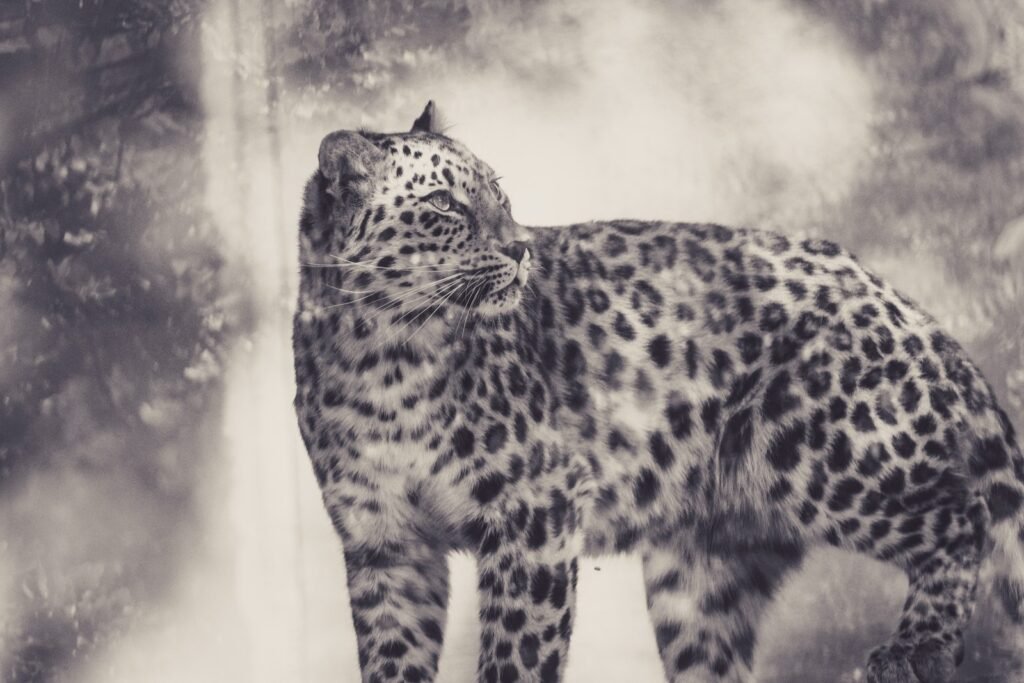
Snow leopards are native to the high-altitude ranges of Central and South Asia, spanning 12 countries including China, India, and Mongolia. Their habitats are characterized by steep cliffs, rocky outcrops, and sparse vegetation, providing ample opportunities for camouflage. These terrains are not only difficult for humans to traverse but also tend to be under-researched, adding to the leopard’s ghostly reputation.
Masters of Stealth and Camouflage
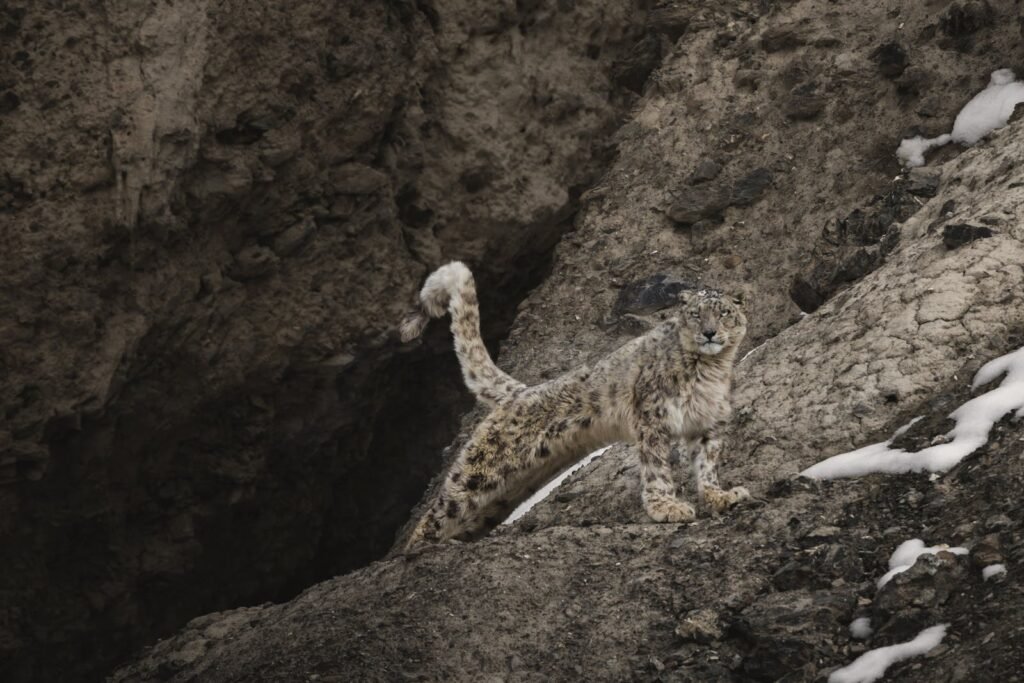
The snow leopard’s ability to remain unseen is legendary. With a thick coat patterned with black rosettes and spots on a pale background, these cats blend perfectly with their rocky surroundings. Their fur provides the perfect natural disguise, making them virtually invisible among the mountain snows and stones.
Elusive and Solitary Behavior

Snow leopards lead solitary lives, with the exception of mothers and their cubs. They are primarily crepuscular, active at dawn and dusk, which further minimizes their chances of being seen. Their solitary and secretive nature makes sightings extremely rare, adding to the mystique of these “ghosts.”
Acute Senses for Staying Hidden

The snow leopard possesses acute senses that aid in its stealthy lifestyle. With sharp vision and hearing, they can detect prey or potential threats from a distance, allowing them to remain undetected. Their ability to navigate and hunt in the most inaccessible terrains only adds to their ghost-like attributes.
Challenges in Tracking and Research

Tracking snow leopards is notoriously difficult due to their elusive nature and the remote, inhospitable habitats they occupy. Researchers rely on camera traps, scat analysis, and sophisticated tracking technologies to study these mysterious animals. Despite advancements in technology, gathering data remains challenging, contributing to their ghostly allure.
Their Role in Cultural Mythology
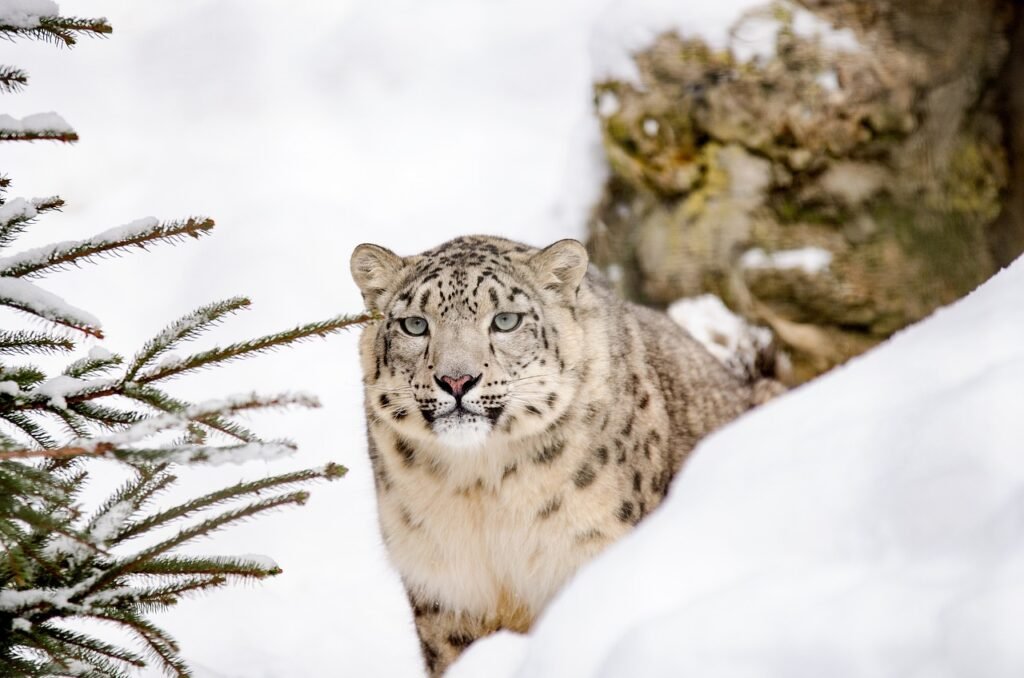
Snow leopards hold a revered place in the cultures of the regions they inhabit. Many local legends and myths regard them as mystical beings or spirits of the mountains. This cultural respect further cements their ghostly image in the minds of the people who share their habitat.
The Challenge of Conservation
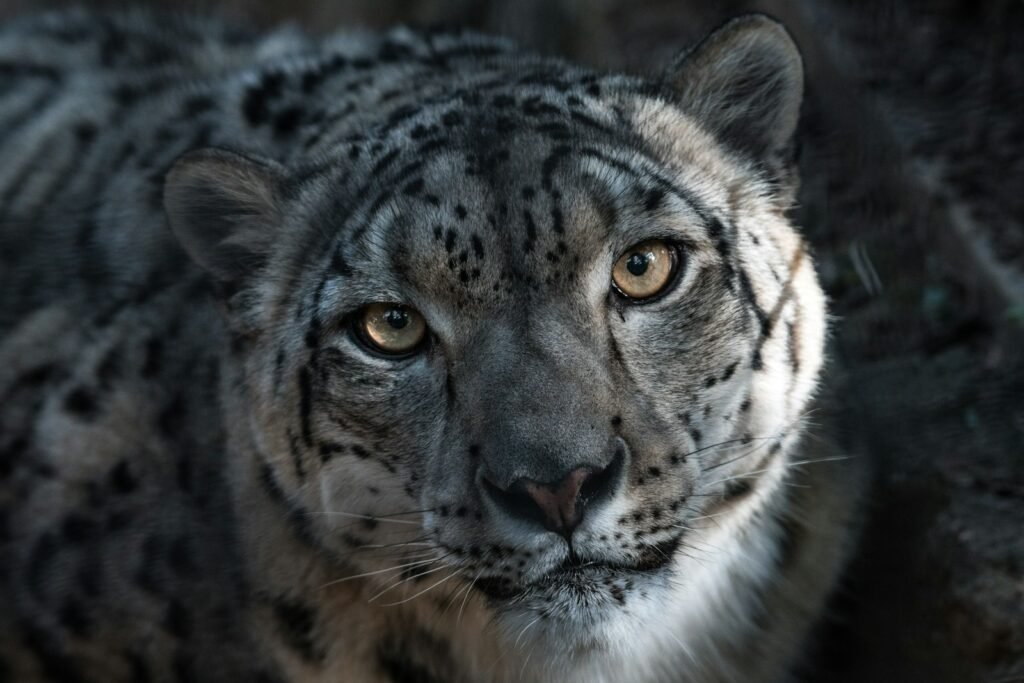
Conservation efforts for snow leopards face several hurdles, including poaching, habitat fragmentation, and climate change. Their elusive nature makes it hard to estimate population sizes accurately, complicating conservation strategies. Protecting these enigmatic creatures is crucial to maintaining the balance within their mountain ecosystems.
Community Involvement and Education

Community involvement is key to snow leopard conservation. By educating local populations and involving them in conservation efforts, greater strides can be made in protecting these animals. Many initiatives focus on mitigating human-wildlife conflict, supporting sustainable livelihoods, and raising awareness about the snow leopard’s plight.
The Importance of Global Collaboration

International cooperation is essential for the successful conservation of snow leopards. Organizations and governments need to work together to enforce anti-poaching laws, conserve habitats, and fund research. Snow Leopard Day and programs like the Global Snow Leopard & Ecosystem Protection Program highlight the importance of a unified approach.
A Glimpse into the Future
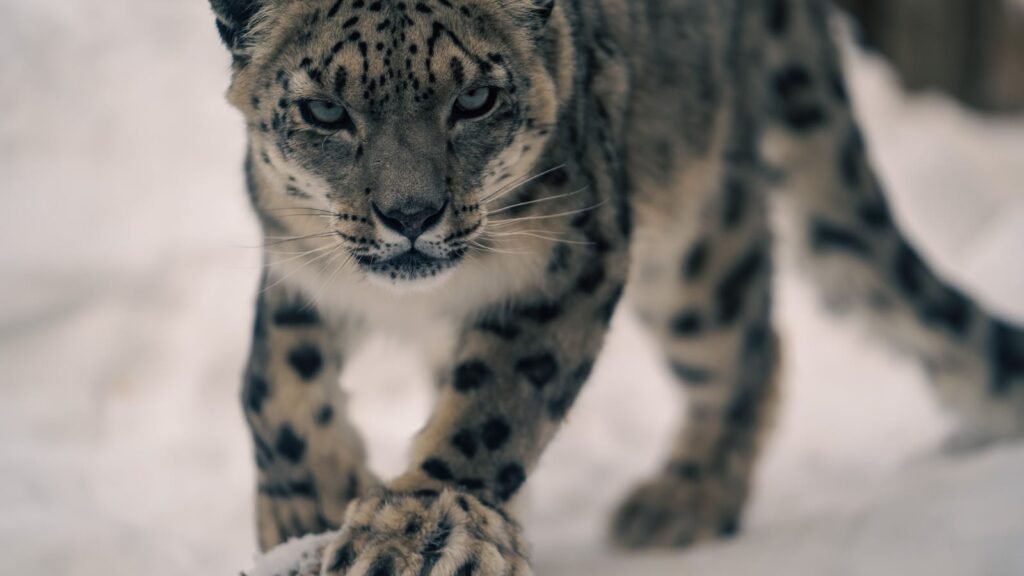
With concerted efforts from conservationists, governments, and local communities, there is hope for the future of snow leopards. While they may retain their ghostly reputation, increased awareness and action can ensure that future generations continue to coexist with these magnificent “Ghosts of the Mountain.” By understanding and respecting their hidden world, we can ensure their survival in the wild, preserving the natural mystery that has fascinated us for centuries.

Growing up traveling and experiencing new cultures and wonders, I have had a passion for nature, adventuring, photography, and videography. I am currently working towards a BSc in Biodiversity and Ecology at Stellenbosch University, and I hope to specialise in Marine Sciences one day.
Please send any feedback to Feedback@animalsaroundtheglobe.com






